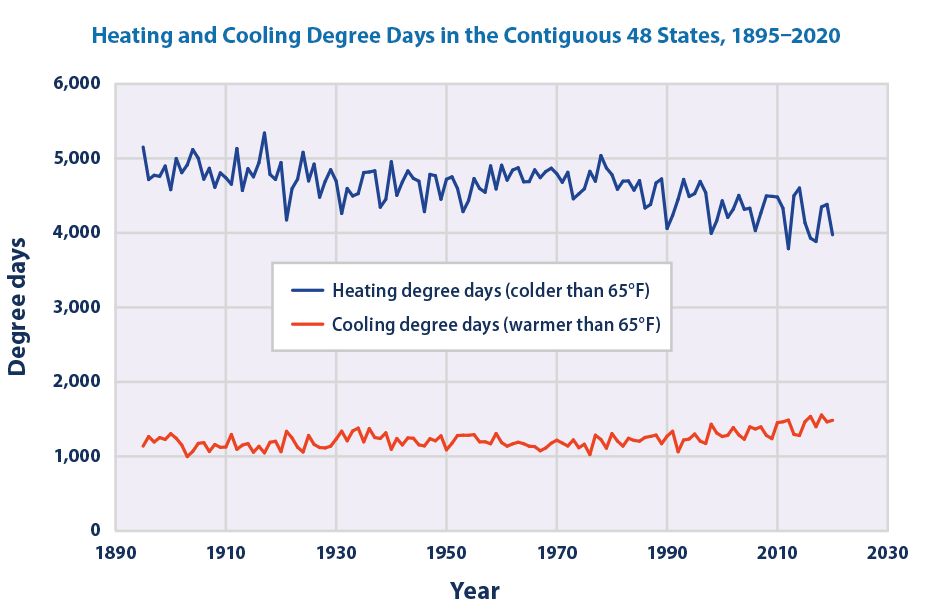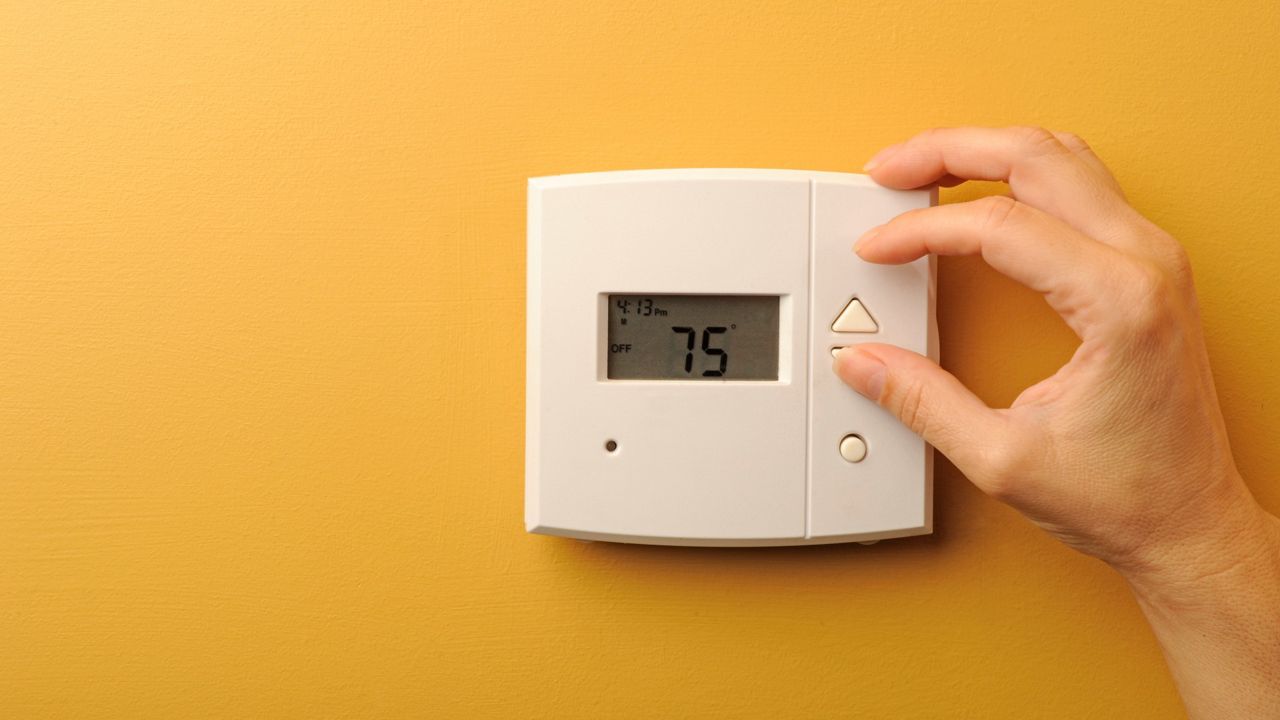You may have seen the terms heating degree days and cooling degree days on your energy bill or even in the newspaper, but what do the terms actually stand for?
Degree days are a measure of how warm or cold a particular place is. It compares the average outdoor temperature of a place to a standard temperature, usually 65 degrees.
The more extreme the outside temperature, the higher number of degree days. A high number of degree days usually coincides with higher levels of energy use to warm or cool a particular space.
Here's an example of how to calculate degree days:
- Your city's average temperature for a given day was 35 degrees
- Because the average temperature was below 65, we subtract 35 from 65 and come up with 30 heating degree days
- It's a pretty safe assumption that energy use for heat increases with larger heating degree days
The equation for cooling degree days is the opposite. When the average temperature is higher than 65, you subtract 65 from it to come up with your number of cooling degree days (for example, 80-65=15 cooling degree days).

Climate change is also playing a part in the number of degree days. You can see in the graph above that, while we may not be using quite as much energy to heat buildings in the winter, the amount of energy we're using to cool buildings in the warmer months is increasing.
At this point you're probably wondering, "how do I use degree days in my personal life?"
Let's say you had some new insulation installed before the winter and you wanted to see how much energy it was saving you.
You could compare your previous winter's energy bill, along with the heating degree days, to your energy bills and the number of heating degree days during the following winter to see how much energy and money your upgrade is saving you.
There are obviously other factors besides the weather that contribute to energy use, such as lights and appliances, which need to be taken into consideration.
With that being said, tracking degree days and calculating energy use and savings could be a nerdy but fun activity to do this winter while we're stuck inside!
Our team of meteorologists dives deep into the science of weather and breaks down timely weather data and information. To view more weather and climate stories, check out our weather blogs section.



